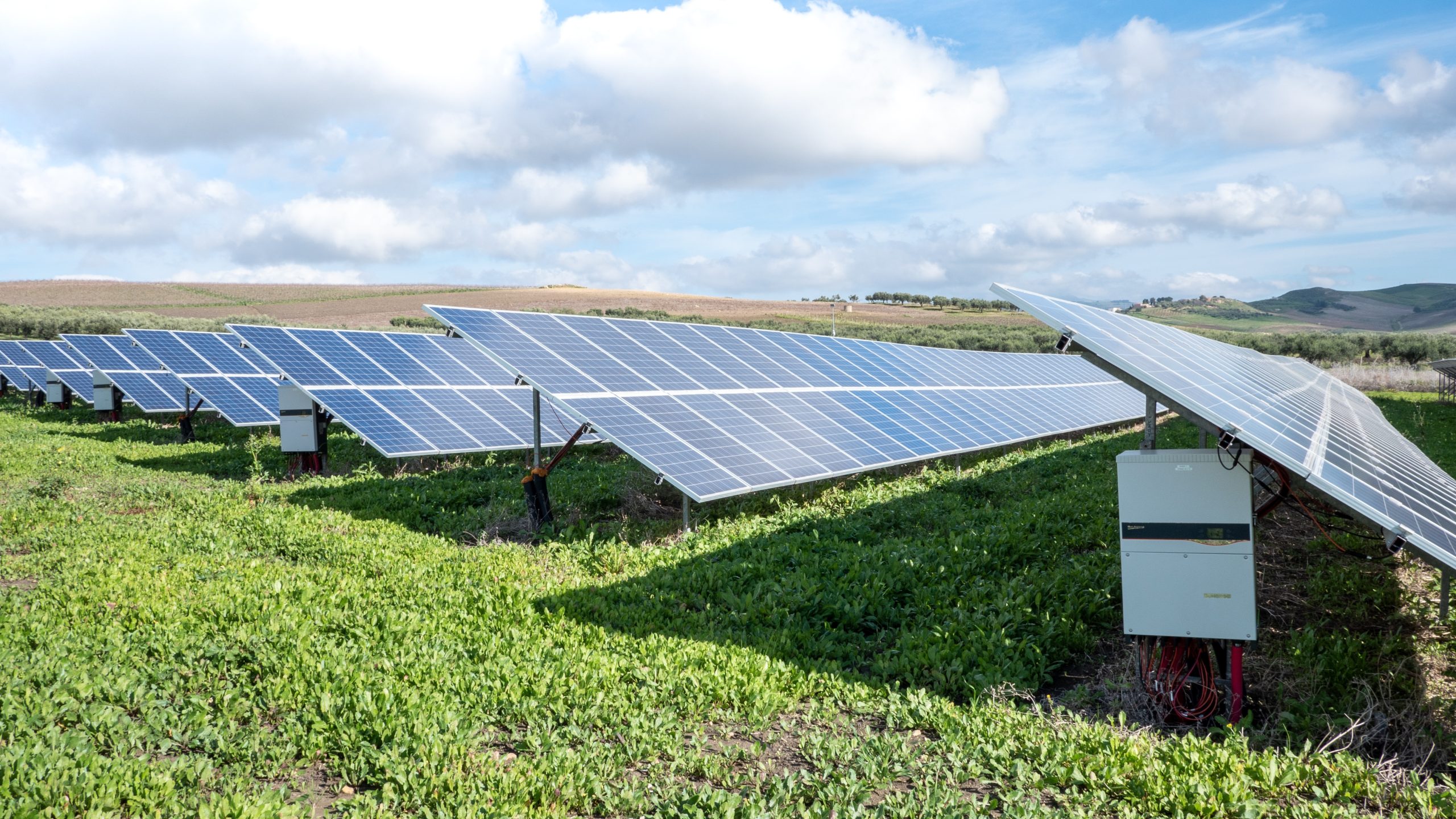Renewable energy is energy that comes from sources that are naturally replenished, such as solar, wind, hydro, geothermal, and biomass. Unlike fossil fuels, which are finite and contribute to greenhouse gas emissions, renewable energy sources are clean and sustainable.
When it comes to renewable energy, there are a number of types:
1. Most common technologies:
a. Solar power – Generated by harnessing the heat and light of the sun, solar energy can be transformed into electricity or utilised to heat air, water, and other materials. Solar fuels, like hydrogen, can also be generated using solar energy, and solar PV energy is added at a faster rate than any other type of energy generation.
b. Wind power – Produced by the power of wind, it is anticipated that the share of wind energy in global electricity generation, as well as in Australia, will keep expanding in the future.
c. Hydro power – Derived by harnessing the energy of moving water, hydroelectricity and Pumped Hydro Energy Storage (PHES) are among the most common generation and storage technologies employed in hydropower. This energy source has a long history, with various forms of hydropower being used for thousands of years.
2. Energy harnessing technologies:
a. Geothermal power – Derived from the Earth’s core, geothermal energy is a renewable energy source that has various uses such as electricity generation, drying, and heating.
b. Bioenergy – Produced by converting biomass into heat, electricity, biogas, and liquid fuels, biomass refers to organic matter sourced from forestry, agriculture, or waste streams that can be replenished and may comprise the combustible elements of municipal solid waste.
c. Ocean energy – Encompassing various types of renewable energy harnessed from the sea, including wave, tidal, and ocean thermal energy, ocean energy is in early stages of commercialisation.
3. Grid strengthening technologies:
a. Battery storage – Batteries store energy using chemicals and are often paired with renewable energy sources to store energy during low demand periods and dispatch during peak demand. They provide flexibility and can respond faster than other energy technologies to maintain grid stability. Batteries can be installed in a variety of locations and sizes, from grid-scale to home use. The decreasing cost and versatility of batteries suggest an increase in their use with renewable energy in the future.
b. Smart technology – Distributed energy resources (DER) refer to renewable energy systems typically found in homes or businesses, generating or managing electricity behind the electricity metre. DER is comprised of several technologies, such as rooftop solar PV, battery storage, thermal energy storage, electric vehicles and chargers, smart metres, and home energy management technologies.
As we continue to transition towards a more sustainable future, we’re committed to powering electric vehicles through 100% renewable energy.
Using renewable energy to charge EVs reduces our reliance on fossil fuels, which helps to reduce greenhouse gas emissions and combat climate change. Playing an important part of the transition to a more sustainable energy system, renewable energy has a lot of potential for powering electric vehicles.
Learn more about our commitment to reliable, accessible, affordable, sustainable, future-proof EV charging solutions via our website.

